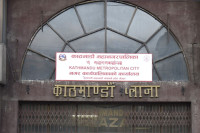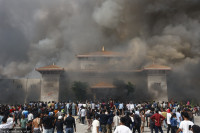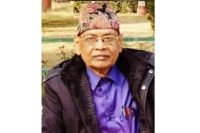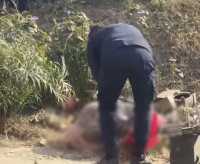Valley
Disaster preparedness: Govt gives a leg up to Valley’s health facilities
The Ministry of Health has begun strengthening its health facilities to function effectively during any disasters, including earthquakes.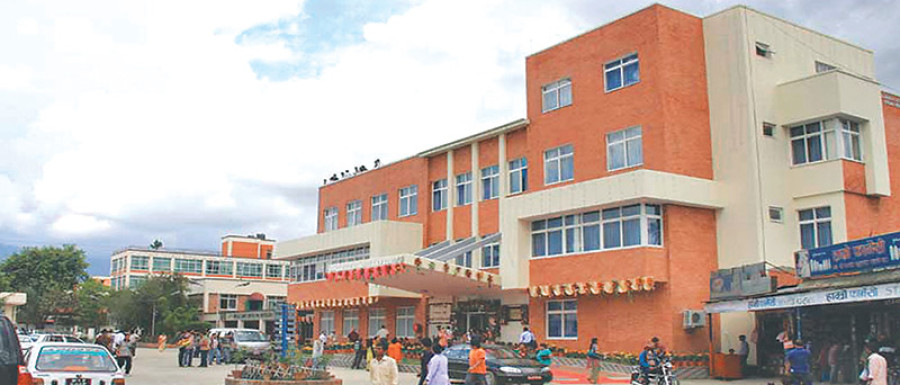
The Ministry of Health has begun strengthening its health facilities to function effectively during any disasters, including earthquakes.
The ministry has recently positioned emergency supplies in warehouses of all six major hospitals inside Kathmandu Valley which have a combined capacity to handle more than 1,000 patients with serious injuries and need surgical attention in the immediate aftermath of disasters.
The containers that will be used during the emergency situation contain many health kits, including surgical equipment that can cater to over 200 patients for 10 days in each six hospital.
Such prepositioning of emergency medicines and equipment, the officials believe, will ease pressure on the hospitals to carry out treatment of patients at times of disasters.
Amidst a programme at Army Hospital in Chhauni on Thursday, directors of Bir Hospital; Tribhuvan University Teaching Hospital; Civil Service Hospital; Bhaktapur Hospital; Patan Hospital and Army Hospital were handed over the keys of the warehouses.
Except for the TUTH, which has three containers, the emergency equipment and medicines in other hospitals are placed in two big containers.
According to the World Health Organisation, which supported in the installation of the goods, the containers have health kits that can cater to the health needs of 10,000 people for three months. Similarly, the diarrheal disease kits can treat 100 severe patients or 500 mild cases of people suffering from water borne diseases. Each container in the six hospitals has two surgical kits that can be used on 100 patients for 10 days. As well as water filters and purifying equipment, each of the containers is also has other devices like wheelchairs and trolleys.
Dr Bhola Ram Shrestha, chief of curative services division at the Ministry of Health, said the prepositioned goods would help overcome immediate logistical challenges at times of disasters, including earthquakes, when the health facilities are swarmed with patients.
The six hospitals, also termed as the hub hospitals, are responsible for the treatment of mass casualties and extend support to other hospitals to cope with emergency situations. All of these hospitals had functioned actively during the devastating earthquake of April 25, 2015 that claimed lives of more than 8,000 people.
Although many of these hospitals had been maintaining the stock of emergency drugs and health supplies, it was realised following the earthquake that the stock could serve only handful causalities.
The ministry said they have prepared hospital emergency plans that will be implemented for a systematic treatment and allocation of resources during emergencies.
Apart from the prepositing of the drugs and equipment, the ministry has also begun establishing Regional Health Emergency Operation Centres that will function as the nodal body to coordinate and deploy resources as and when required.
These RHEOC will emulate the HEOC established on the Ministry of Health premises that was widely appreciated for its effective communication and coordination during the April earthquake. The HEOC is a subordinate body of the National Emergency Operation Centre of the Ministry of Home Affairs.




 15.12°C Kathmandu
15.12°C Kathmandu
